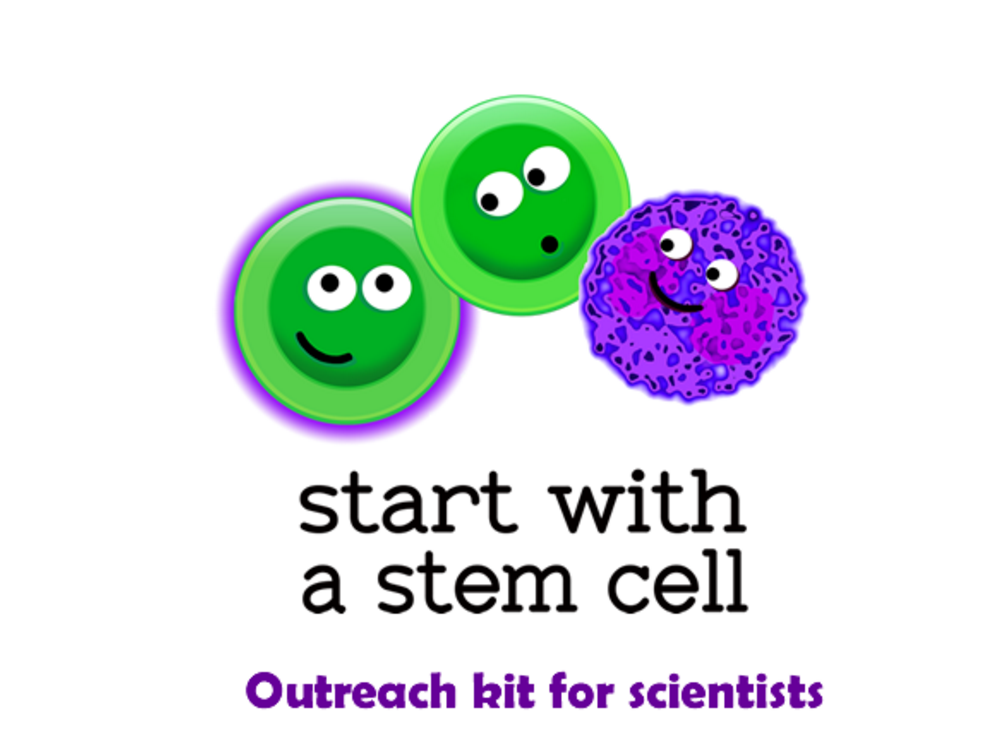Start with a Stem Cell: outreach kit for scientists
 An engaging kit of activities for scientists to use at outreach events.
An engaging kit of activities for scientists to use at outreach events.
Details and instructions
Overview
Designed to support scientists at outreach events, this highly interactive and engaging set of resources provides activities for all ages. Supported by Eurosystem and Optistem, the materials for all of the activities have been distributed to over 30 labs across Europe and have been translated for use in Dutch, English, French, German, Italian and Spanish. Here you will find electronic copies of the materials and the guidance notes to go with them.
Start as a stem cell
An active, fun game for 1-6 players, introducing the idea that cells differentiate to produce mature cells, and the type of cell produced depends on the signals the cell receives.
Where are my stem cells?
Stick the organs and pictures onto your own body outline to learn about where stem cells are found. This activity aims to counter the common misconception that stem cells can only be found in the embryo. It also reinforces learning about the locations of organs in the human body and the way in which organs are built up from cells and tissues.
Concept posters
Colourful cartoons that provoke thought and discussion about basic stem cell concepts: What are stem cells? Where do we find stem cells? Who has stem cells? The approach is based on the successful Concept Cartoons® model.
Stem cell simulation
This simulation provides a dynamic look at how our stem cells help maintain a healthy body. You can simulate illness, including cancer, to see how your cells are affected and how your body regulates itself to try and maintain a healthy number of cells. Developed in collaboration with Dresden University of Technology.
Cell turnover – computer interactive
Find out how many cells you are making and losing in your body in real time by playing with this computer interactive. Made in collaboration with the Centre of the Cell, London.
Microscope activity
Identify different types of tissue found in a teratoma and see just how many different types of cell an embryonic stem cell can become.
Cell pet
Gain an insight into the life of a stem cell scientist by learning how they look after cells, just as you’d learn to look after a pet!
Available in Dutch
See below for Dutch translations!
Last updated: